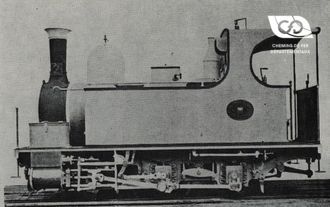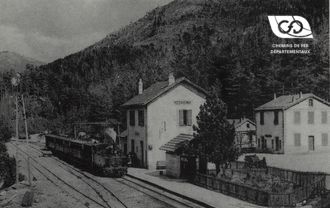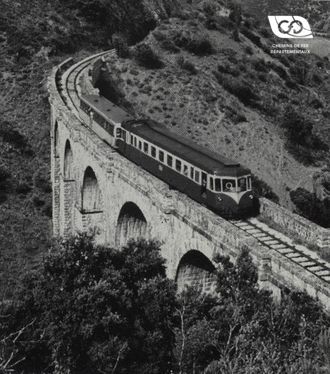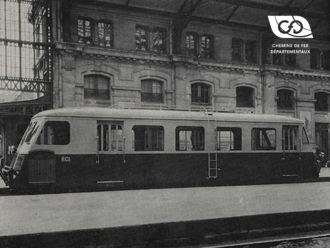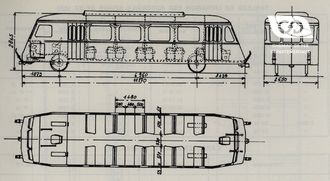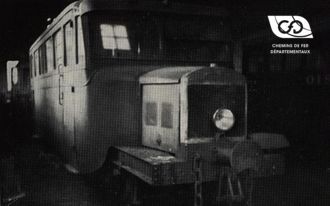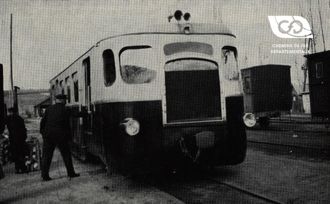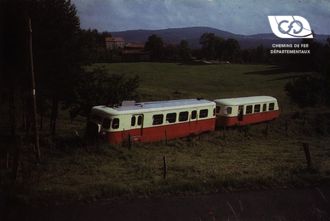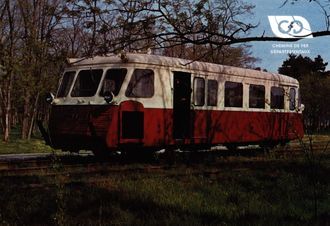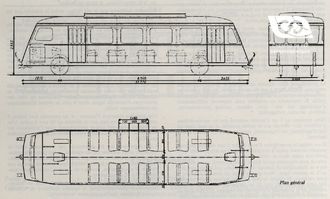The birth of the Billard workshop
It was in January 1920 that Mr. Billard founded the mechanical workshop that bore his name. The considerable development of the combustion engine during the 1914-1918 war had made him think that it was possible to foresee its application in the railway field.
The first Billiard productions
Given the low power of the engines at the time, the Billiard House began to build motorized tractors to pull the luggage carts from the stations. These tractors, with three or four wheels, produced in large numbers, were generally equipped with Ballot engines or Ruby engines, powered by gasoline.
At the same time, as the track department needed equipment for transporting crews and for inspection, the Billard firm created a model of draisines equipped with the same gasoline engines. These first applications quickly became so important that the original workshop established at 21 rue du Rempart was doubled by a second one on rue Robespierre, a workshop where all the manufacturing was grouped together in 1934. These were the former workshops of the State network (primitive network of the Vendée). Currently the site is occupied by the restaurant and the university city of Tours.





